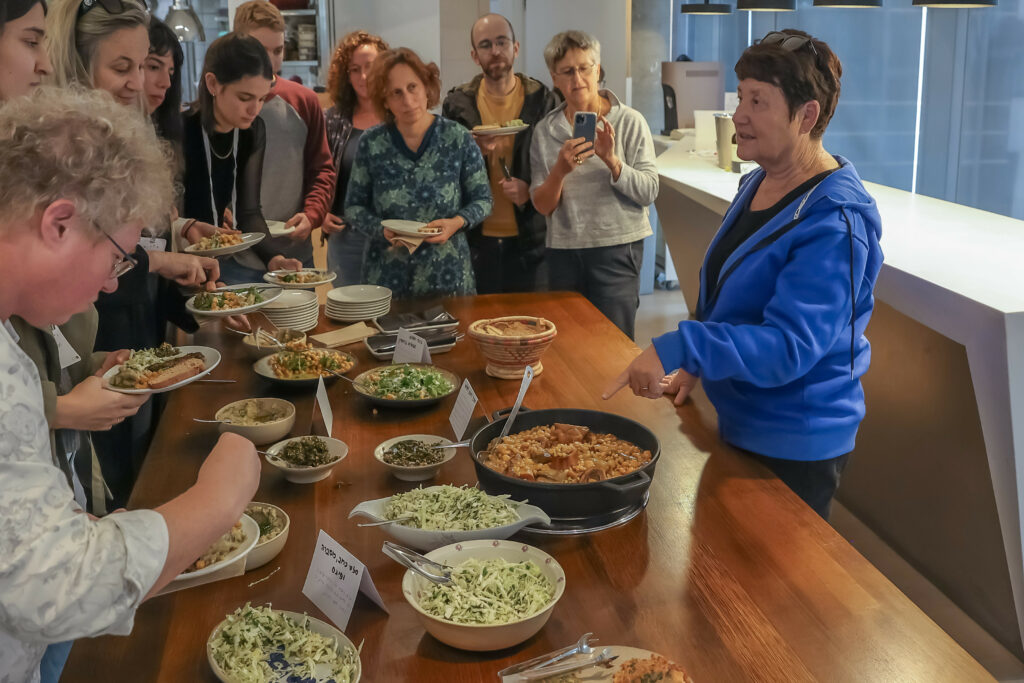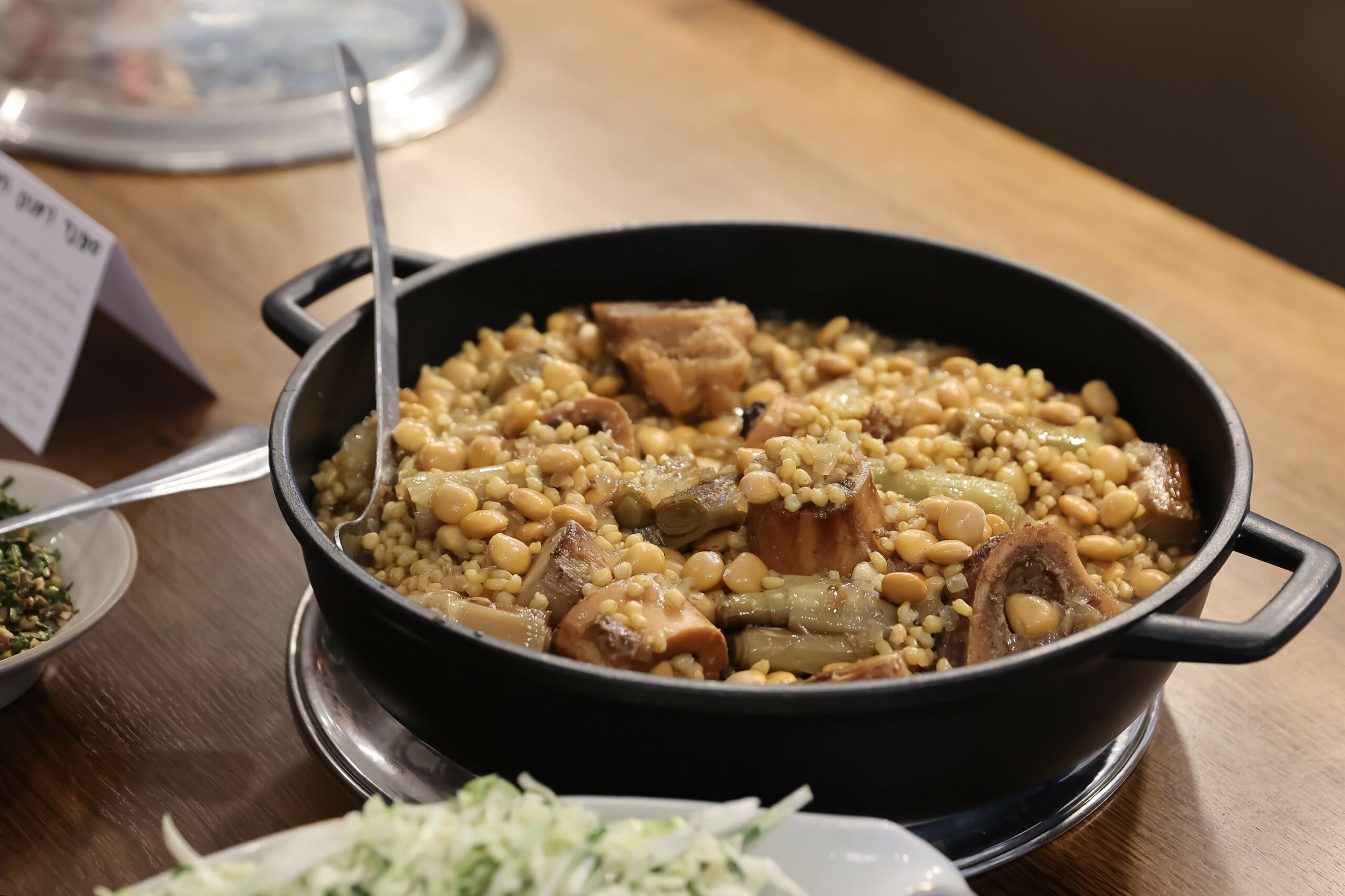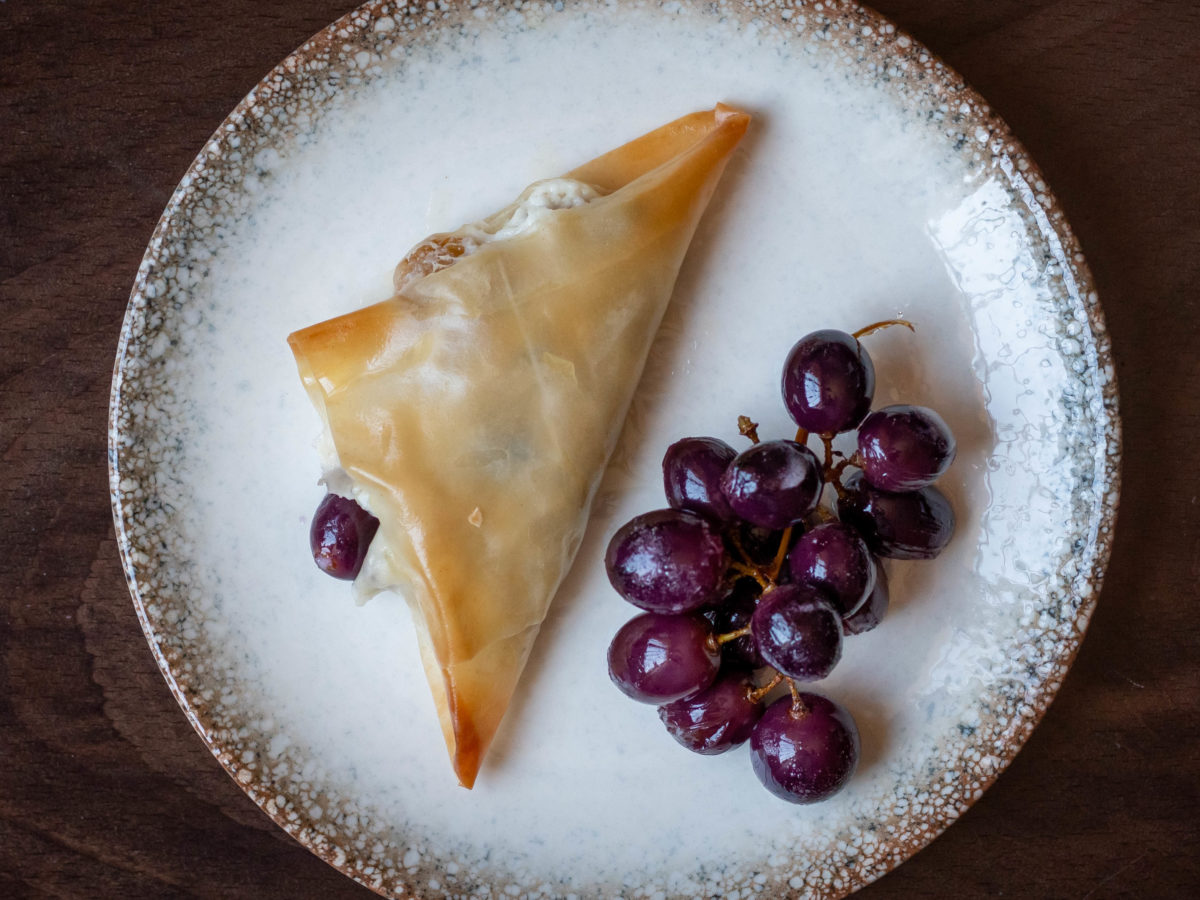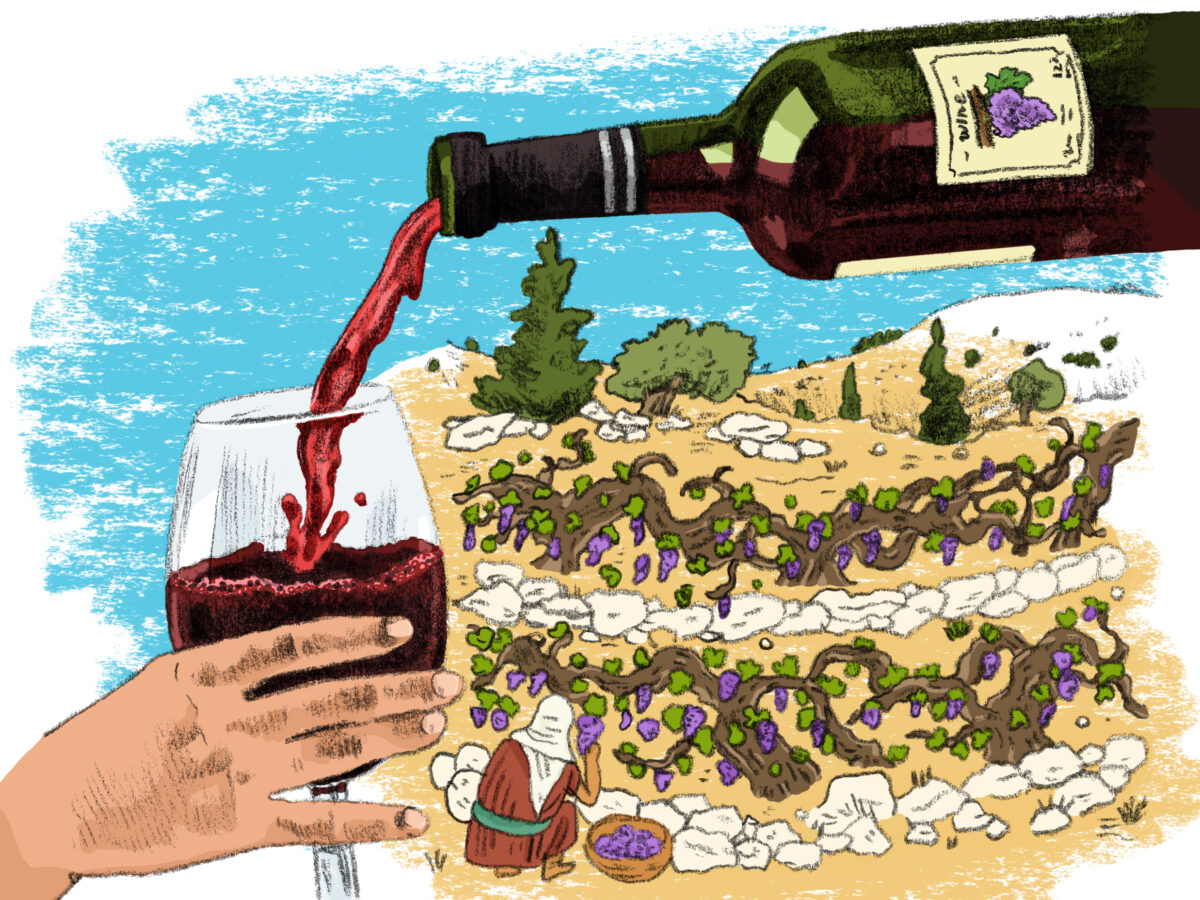It is no secret that trying to define Israel’s local cuisine is no simple task. It’s made up of a blend of flavors and food cultures from all over the world with ancient culinary traditions local to the region, on a piece of land that has been inhabited by civilizations throughout history, most of which have been documented in texts.

The biblical and Rabbinic literatures are historical sources that can teach us about daily life in the region. These sources helped Dr. Tova Dickstein, a researcher of biblical food, trace the ancient local cuisine that played a key role in shaping the food culture we know today. “Everything we define as ‘local’ has a glorious and sometimes surprising past. Even hummus arrived here with the Crusaders,” Dickstein told us at the beginning of the “From the Bible to the Plate” event which took place in Asif’s test Kitchen as part of Asif Day — Local Food. “The ancient local food can be found in the Bible, Mishnah and Talmud. I conducted my research through the examination of archaeological, botanical and zoological findings. I visited various ethnic kitchens in Israel and its surroundings, and researched traditional ethnic recipes.” Today, with a doctorate and over 20 years of research experience, Dickstein has uncovered another layer in the history of the local culinary traditions.
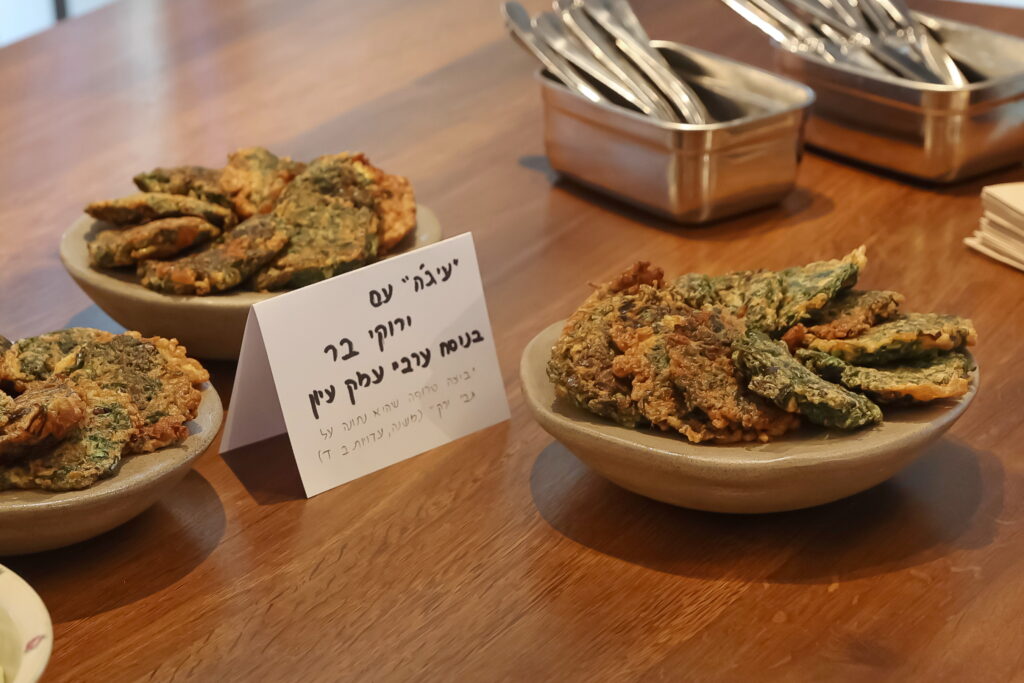
Local Food — Local Identity
During the event, Dickstein described the process she went through to uncover the ancient recipes and shed additional light on Israel’s food culture. She first presented the definition of food as it appears in biblical and Rabbinic literature, and spoke about the cultural significance of food: “Food is representative of identity, family, longing and locality.” The Book of Deuteronomy shows there are fundamental differences between the agricultural crops in Egypt verses the Land of Israel: “In Moses’ last speech, before entering Canaan, he gave the Israelites practical tools to deal with the climate conditions in the new land. In Egypt, the main crops were cereal, bread, and oat because the Nile flooding the banks watered the fields. Fruit trees do not grow in Egypt because their roots rot in the water. Now they are about to enter the land of the ‘rain from the sky,’ Canaan, where seven kinds of fruit trees grow, and there is abundant pasture for goats and flowers for bees — a land flowing with milk and honey.”
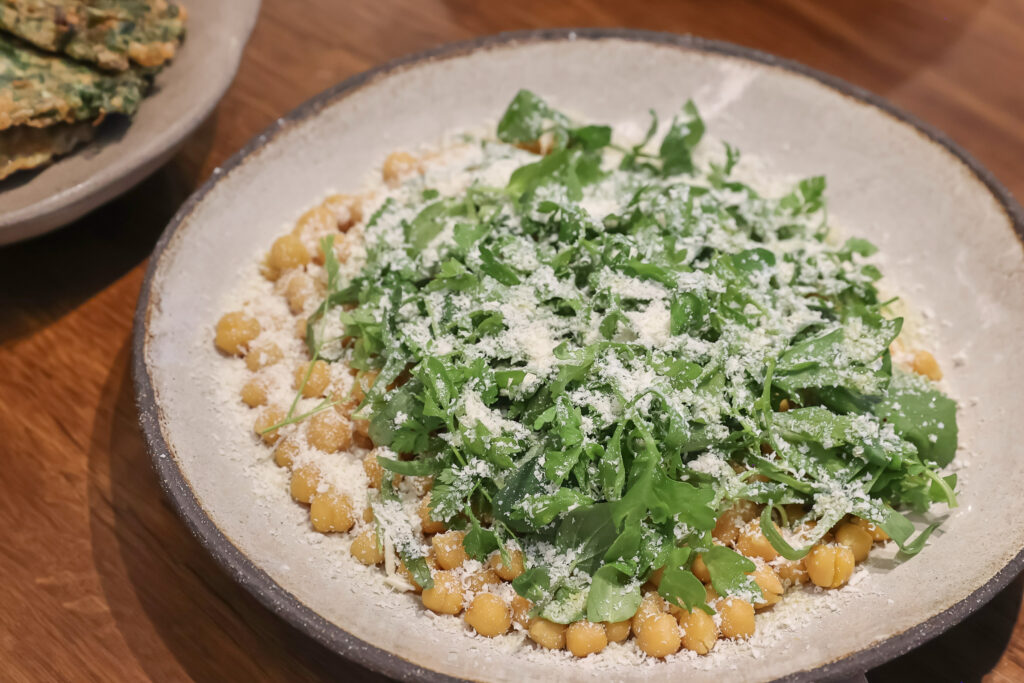
Carmel, Mellilot, and Freekeh
And what about freekeh — smoked green wheat — a food that has become a prominent symbol of the local food culture in recent years, and is at the center of many controversies regarding its national identity? According to Dickstein, during the Iron Age the smoked cracked green wheat was known as “carmel.” She quotes this from the book of Leviticus: “If you offer a grain offering of first fruits to the Lord, you shall offer for the grain offering of your first fruits fresh ears, roasted with fire, crushed new grain (Leviticus 2:14).” Later, in the book of Deuteronomy, and during The Second Temple period, the foodstuff is named “Mellilot” Dickstein claims that the ancient Bible translations, which date back about 2000 years, translated the words carmel and mellilot to freekeh, a word that derives from the words “to break apart” or “to disassemble” both in Arabic and in Hebrew.
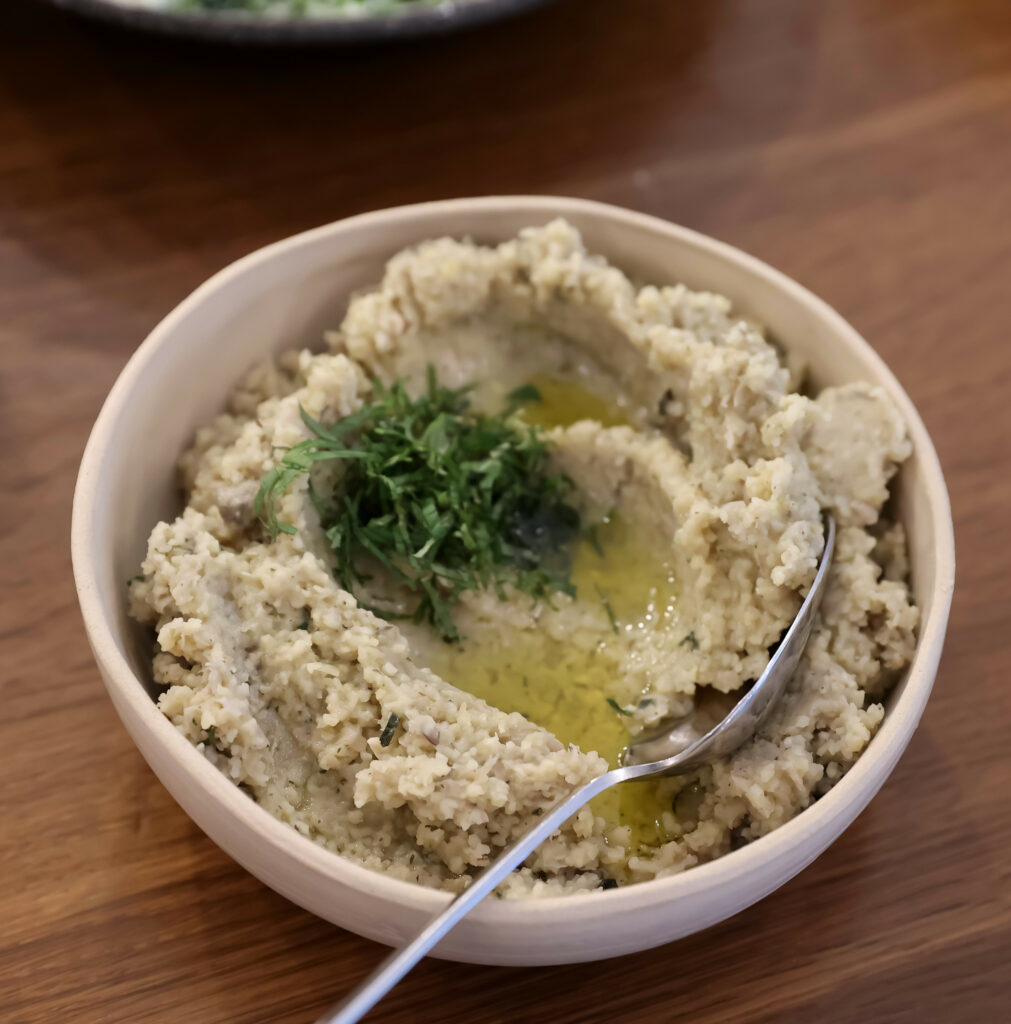
How to Recreate a Recipe From the Bible
While writing about the meaning of local food as it was perceived in ancient literature, and as part of her research, Dickstein collected dozens of ancient biblical recipes. The process of recreating the recipes required quite a bit of trial and error, and in her lecture, Dickstein shared with the audience the process for the discovery of the ancient Roman recipe for olive tapenade and the ancient local dishes mikpa,and ashishot, a kind of biblical fritters: “This is in fact a biblical energy snack that King David distributed to the residents of Jerusalem,” she shared with excitement. “In the Song of Songs, they are mentioned during a love story told by a girl in love….I had no clue as to what those ashishot were, but in the Talmud, I found a description of ‘toasted lentils, ground, kneaded in honey and fried…” Dickstein researched and purchased various types of lentils. She roasted and ground them in vain. After breaking a grinder, she realized she needed to make it into a dough and knead it. “This time they turned out thin, golden pancakes with a sweet taste and a perfect texture,” she explained.

How would I prepare the chickpeas in saffron if I had a restaurant 5,000 years ago, and would also like for them to be photographed nicely for Instagram?’
Maya Darin
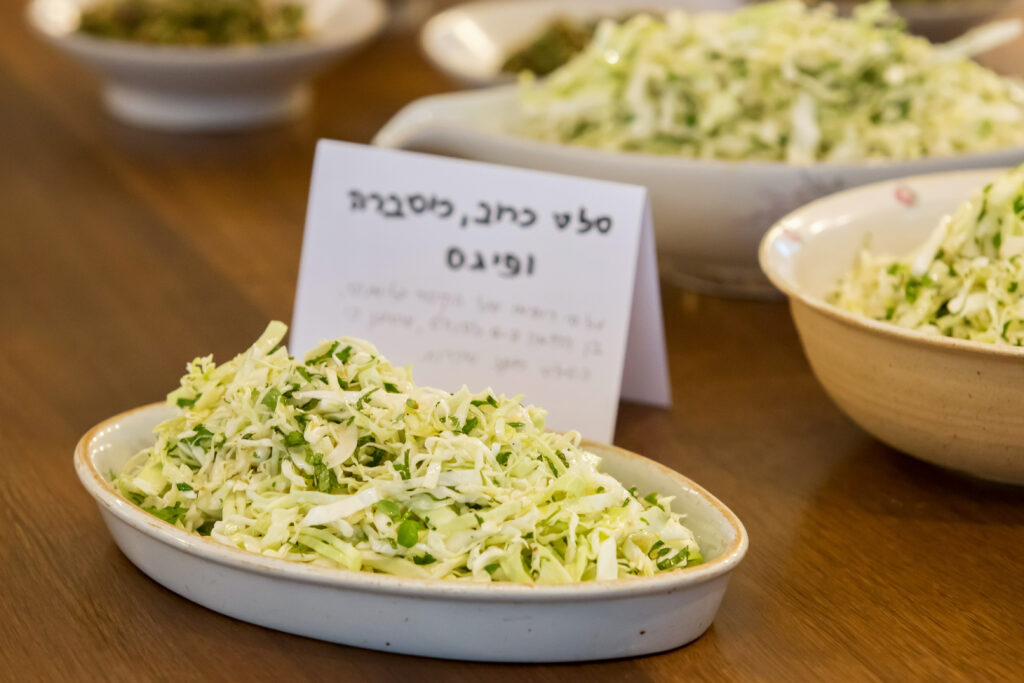
The research and recipes that Dickstein found were compiled in her book “The Taste of Ancient Israel — Tales of Food and Recipes from the Land of Israel,” that can be found in Asif’s library. We wanted to breathe life into Dickstein’s research, and along with her student, chef and food writer Maya Darin, we took the theoretical aspect of biblical food and put it into practice. All the dishes cooked were inspired by the biblical recipes from Dickstein’s research and served to the audience for a tasting round at the end of the lecture.

“Some of the recipes are more faithful to the original and others were more of a personal interpretation,” Darin said as she presented her dishes. “I live and breathe something that has existed for thousands of years. Sometimes it doesn’t feel as if 5000 years have passed at all. Reading the recipes brought up something very fundamental and familiar, which is why I was so tempted to take them a step further — straight to the kitchen. I thought to myself: How would I prepare the chickpeas in saffron if I had a restaurant 5,000 years ago, and would also like for them to be photographed nicely for Instagram?’
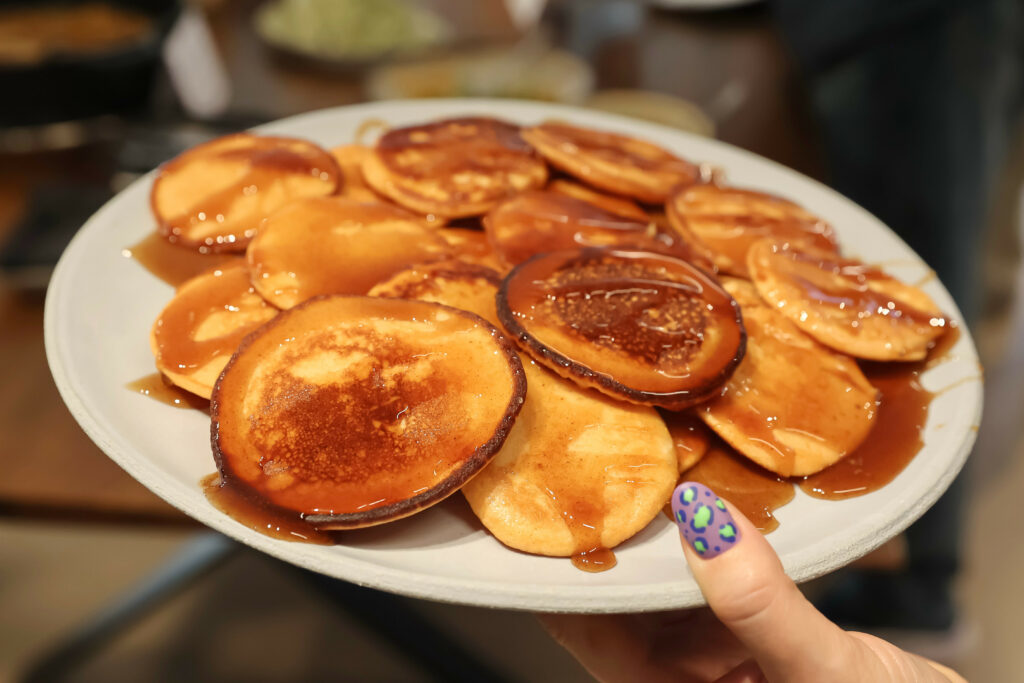
“The Ashishot are in fact a biblical energy snack that King David distributed to the residents of Jerusalem. In the Song of Songs, they are mentioned during a love story told by a girl in love: “Sustain me with ashishot, refresh me with apples for I am faint with love” [Song of Songs 2, 5].
Dr. Tova Dickstein
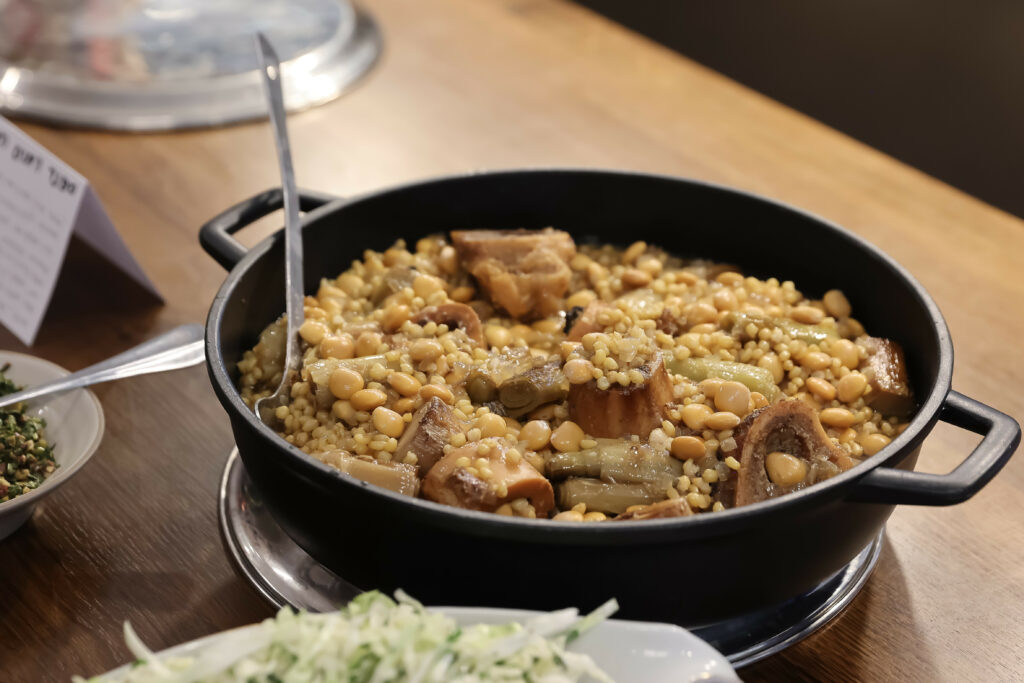
The biblical meal commenced with a glass of mead from the Julius distillery (Mead is a liquor produced by fermenting honey and water, and is considered the oldest alcoholic beverage known to mankind). The table was filled with plates, each with a different dish, alongside biblical quotes:
- Bread from the “Land of Wheat” project made from durum wheat varieties Hittia Soada and 8238, and Lubnani Kisra bread wheat from the experimental plots of the project, baked by Haggai Ben Yehuda (‘Haggai and the bread’).
- Roman olive tapenade: “Recipe for Epityrum from green, ripe, and mottled olives. Remove the stones from green, ripe, and mottled olives, and season as follows: chop the flesh, and add oil, vinegar, coriander, cummin, fennel, rue, and mint. Cover with oil in an earthen dish, and serve.” —Cato the Elder’s “De Agri Cultura”
- “Ejjeh” (herb omelet) with wild greens Ayoun Valley- style: “…a beaten-up egg was poured over vegetables…” — Mishnah Eduyot 2, 4
- Lupins and assasiyot: “A woman must not cook a pot of lupins and assasiyot and put it in the oven after dark on the Sabbath eve.” —Tosefta Shabbat 3,1
- Fava bean Mikpa: “…the porridge and [mint] and oil… floating above them…” — Mishnah, Tevul Yom 2,4
- Chickpeas dipped in saffron with a yogurt stone, based on the recipe of Athenaeus of Neocrates and Greek physician Galanos.
- Cabbage, cilantro and rue salad from to emperor Julianus’ physician, 4th century BC, who claimed that the salad prevents inebriation.
- Ashishot – fritters from the Song of Songs: “Sustain me with ashishot, refresh me with apple for I am faint with love”
